Members of the House of Representatives
Discover the work of members of the House of Representatives in this fact sheet. It explores their role in the Australian Parliament and in their local community, their working hours and period of service.
What will I learn?
- Members of the House of Representatives are elected by Australian citizens.
- Members represent the people of their electorate.
- Members work in their electorate and at Parliament House.
Curriculum alignment
Year 5 ACHASSK115
Who are members of the House of Representatives?
Members of the House of Representatives are elected to represent the people of one of Australia’s 151 electorates. Members come from a wide range of backgrounds and reflect the diversity of Australia’s population. Members do their job within the Parliament and their electorates.
Members are elected to the House of Representatives at least every 3 years. They can stand for re-election as many times as they like.
When in the House, members are referred to as:
- the name of the electorate they represent, for example, the Member for Newcastle
- minister or shadow minister, for example, the Minister for Health
- ‘the Honourable’ if they have been ministers or Presiding Officers
Members in the House of Representatives.
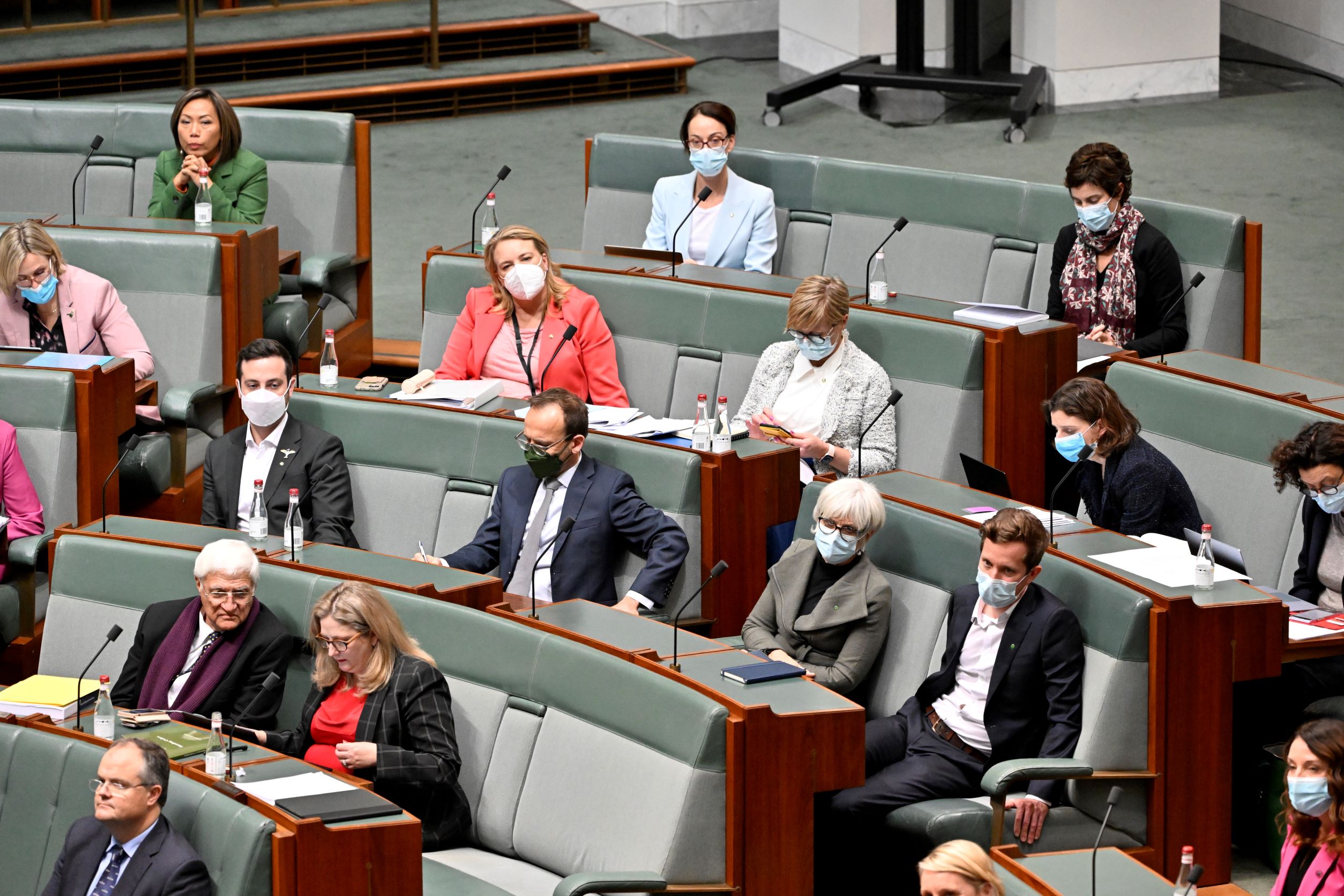
DPS Auspic
Description
Members working in the House of Representatives.
Copyright information
Permission should be sought from DPS AUSPIC for third-party or commercial uses of this image. To contact DPS AUSPIC email: auspic@aph.gov.au or phone: 02 6277 3342.
Work of members in Parliament
Members of the House of Representatives work long hours when the Australian Parliament is meeting. During sitting weeks, members may begin their day in Parliament House at 7am and end their day at 10pm or later. There are about 18 to 20 sitting weeks a year. In Parliament their duties include:
- representing the views of the people in their electorate
- debating and voting on bills – proposed laws
- working on committees that examine important issues
- meeting with team members to decide on party policy
- scrutinising – closely examining – the work of the government
- discussing issues of national and international importance
Work of members in their electorates
On average, each electorate has about 150 000 people. To represent the people in their electorate, members:
- help people who may be having difficulties with issues such as taxes, immigration or pensions
- speak with community groups such as support groups and sporting clubs
- visit schools and talk to students and teachers
- work on committees to collect information from community organisations and lobby groups that want to present their views to Parliament.
What members do in the Australian Parliament
Tap on the icons to explore the work that members of the House of Representatives do in Parliament and their electorates.
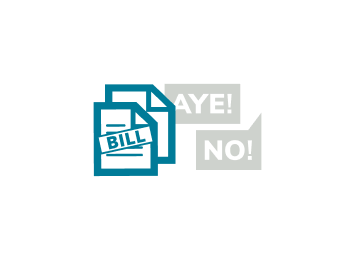
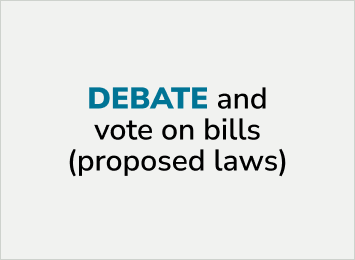
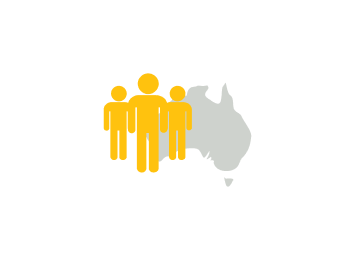
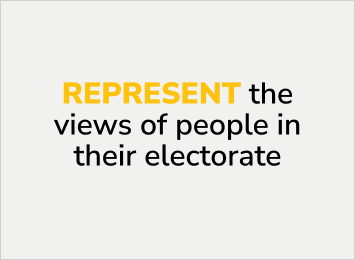

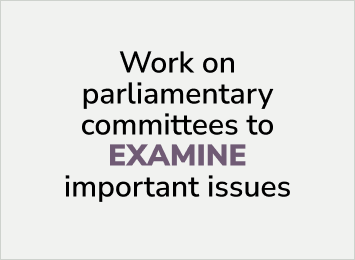






Images: David Foote/DPS AUSPIC, Matt Hrkac, David Foote/DPS AUSPIC, The Office of the Prime Minister, Paul Furness/DPS AUSPIC, U.S. Secretary of Defense.